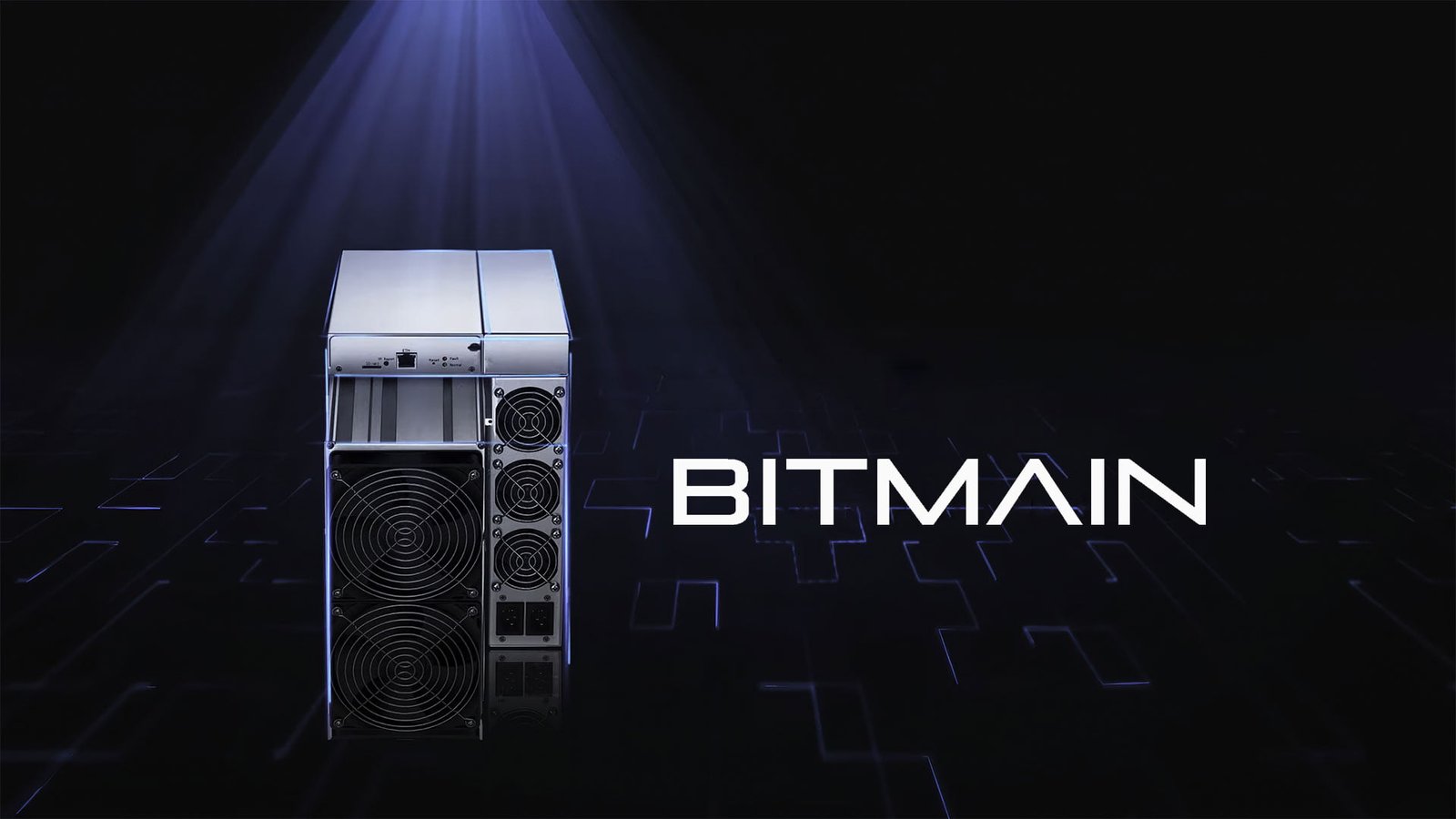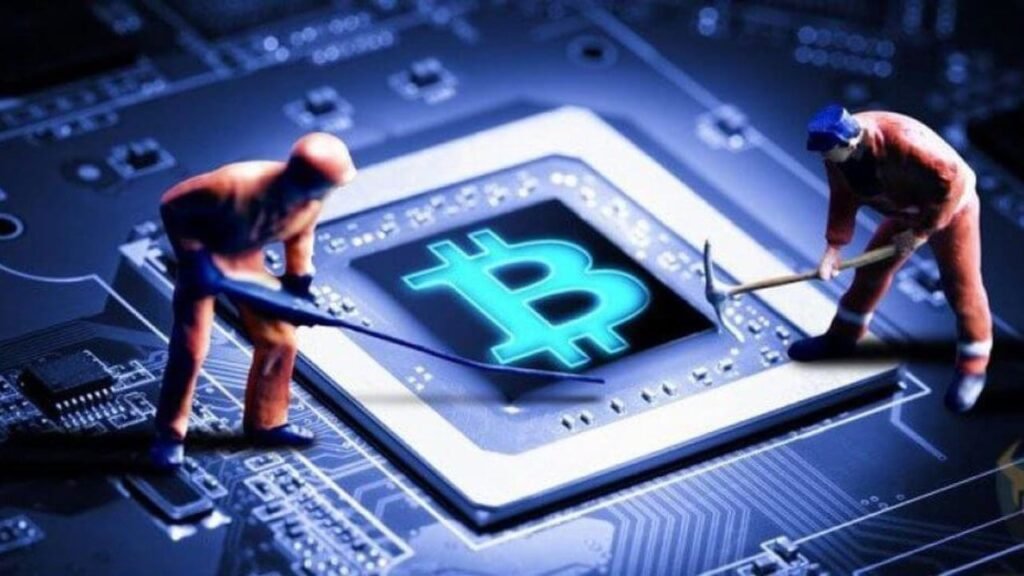Finding the best Bitcoin mining hardware 2025 offers is crucial for anyone serious about cryptocurrency mining profitability. As Bitcoin’s network difficulty continues to rise and energy costs fluctuate globally, selecting the right mining equipment can make the difference between profitable operations and costly losses. Whether you’re a seasoned miner looking to upgrade your farm or a newcomer exploring mining opportunities, understanding which hardware delivers the best performance-to-cost ratio is essential. In this comprehensive guide, we’ll explore the top Bitcoin mining machines available in 2025, analyze their specifications, profitability metrics, and help you make an informed decision for your mining venture.
Top-Rated Bitcoin Mining Hardware for 2025
The cryptocurrency mining landscape has evolved significantly, with several standout performers dominating the market. Modern ASIC (Application-Specific Integrated Circuit) miners have reached unprecedented efficiency levels, offering miners better hash rates while consuming less power than previous generations.
Antminer S21 Series – Industry Leading Performance

The Antminer S21 Pro represents the pinnacle of mining technology in 2025, delivering exceptional hash rates of up to 234 TH/s while maintaining impressive energy efficiency at 15.0 J/TH. This flagship model has become the go-to choice for commercial mining operations seeking maximum profitability.
Key specifications include advanced cooling systems, improved chip architecture, and enhanced durability for 24/7 operations. The S21 series has consistently outperformed competitors in independent testing, making it a solid investment for serious miners.
WhatsMiner M60 Series – Competitive Alternative
WhatsMiner’s M60 series offers competitive hash rates reaching 228 TH/s with energy efficiency ratings of 16.5 J/TH. While slightly less efficient than the Antminer S21, the M60 series often comes at a lower price point, making it attractive for budget-conscious miners.
The build quality and reliability of WhatsMiner equipment have improved substantially, with better heat management and longer operational lifespans compared to earlier models.
Profitability Analysis of Leading Mining Equipment
Understanding the profitability potential of different mining hardware requires careful analysis of several factors including hash rate, power consumption, electricity costs, and current Bitcoin prices.
Hash Rate vs. Power Consumption Comparison
Modern mining hardware efficiency is measured in joules per terahash (J/TH), with lower numbers indicating better efficiency. The most profitable miners in 2025 achieve efficiency ratings below 20 J/TH, representing significant improvements over older generation equipment.
Current market leaders achieve the following efficiency ratings:
- Antminer S21 Pro: 15.0 J/TH
- Antminer S21: 17.5 J/TH
- WhatsMiner M60S: 16.5 J/TH
- AvalonMiner 1466: 18.5 J/TH
ROI Calculations and Break-Even Analysis
Return on investment calculations must account for hardware costs, electricity expenses, pool fees, and Bitcoin price volatility. Based on current market conditions with Bitcoin around $45,000 and average electricity costs of $0.12 per kWh, top-tier miners typically achieve break-even within 8-14 months under optimal conditions.
However, miners should prepare for longer payback periods during market downturns or increased network difficulty adjustments.
Essential Factors When Choosing Bitcoin Mining Hardware
Selecting optimal mining equipment involves evaluating multiple technical and economic factors that directly impact long-term profitability.
Energy Efficiency and Operational Costs
Power consumption represents the largest ongoing expense for mining operations. Efficient miners not only reduce electricity bills but also generate less heat, requiring less cooling infrastructure and extending equipment lifespan.
Modern facilities achieving the lowest operational costs typically utilize renewable energy sources, with some operations reporting electricity costs below $0.05 per kWh through strategic location selection and energy partnerships.
Cooling Requirements and Infrastructure Needs

Proper cooling systems are essential for maintaining optimal mining performance and preventing hardware failures. Industrial-grade mining operations require sophisticated HVAC systems, while smaller setups may utilize immersion cooling or specialized air circulation systems.Infrastructure planning should account for power delivery, networking equipment, security systems, and maintenance accessibility when designing mining facilities.
Market Trends and Future Outlook for Mining Hardware
The mining hardware industry continues evolving rapidly, with manufacturers focusing on improved efficiency, reduced manufacturing costs, and enhanced reliability features.
Emerging Technologies and Next-Generation Chips
Advanced semiconductor manufacturing processes are enabling more powerful and efficient mining chips. The transition to smaller nanometer processes (5nm and 3nm) promises further efficiency improvements in upcoming hardware generations.Research into alternative cooling methods, including liquid immersion and phase-change cooling, may revolutionize mining facility design and operational efficiency in the coming years.
Supply Chain and Availability Considerations
Global semiconductor shortages and manufacturing capacity constraints continue affecting mining hardware availability and pricing. Miners should plan equipment purchases well in advance and consider diversifying suppliers to ensure consistent hardware access.
Geopolitical factors and trade policies also influence hardware availability and costs, making supplier relationship management increasingly important for mining operations.
Conclusion
Selecting the best Bitcoin mining hardware 2025 offers requires careful consideration of efficiency ratings, profitability projections, and operational requirements. The Antminer S21 series currently leads the market in performance and efficiency, while alternatives like the WhatsMiner M60 series provide competitive options at different price points.
Success in Bitcoin mining depends not only on hardware selection but also on operational efficiency, energy costs, and market timing. Before investing in mining equipment, conduct thorough profitability calculations based on your specific electricity costs and operational setup.Ready to start your mining journey? Research current hardware availability, compare specifications from reputable suppliers, and consider consulting with mining professionals to optimize your setup for maximum profitability.

















